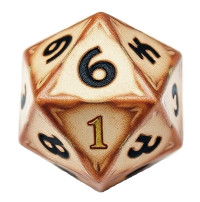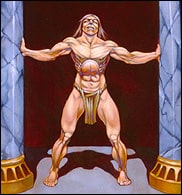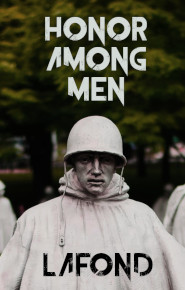In the small glove and early gloved era boxers began experimenting with stepping power punches, resulting in two championship KOs that come to mind off the top of my head: LaBlanche over Dempsey in 1889, and Fitzsimmons over Corbett in 1897.
Through about 1920 clinching was rampant in boxing, with some strong fighters scoring numerous dirty boxing KOs based on clinch tactics. Fighters without a lot of size or strength for their class, like Joe Gans, countered this by stepping around the pocket, and out of it, as they punched. This fell into disfavor as gloves increased in size and the resulting ‘Detroit School of Boxing’, heavily reliant on jabs, made stepping with half-power punches more hazardous.
For modern examples of half-power stepping punches thrown out of the pocket see Pacquiao and Providnikov, both out of the same camp. To the extent that this practice can be dangerous, witness Pacquiao’s KO at the hands of Marquez in their fourth bout. Today, half-power punches fueled by a step, as opposed to full-power punches fueled by torque that keep you in the pocket, can be of use in clinch-crippled over-officiated boxing and in MMA, where staying in the pocket can get exponentially nasty.
Uppercutting Out Of The Pocket
The notes below are based on orthodox versus orthodox orientation.
A Fighter recently asked me if he should work on his lead uppercut. I responded, “Good God no. Look up Kinchen versus Virgil Hill. It’s too dangerous.”
This got me thinking on some century-old boxing photos and a small glove bout I did in 2002. Below is a brief description of how some old-timers stepped out of the pocket as they uppercutted, rather than staying in what was then called the ‘wheelhouse’ and digging away, as modern boxers are trained to do.
Stand in the MMA high shield, with ribs exposed and fingers on your temples.
Remember that what makes an uppercut is that it is thrown with the elbow beneath, and in line with, the hand travelling up the center line, and it lands while travelling upward.
Instead of staying in the pocket and locking your hips up [and in MMA maybe exchanging an uppercut for a knee] step past the opponent, diagonally forward with your left food, or laterally with your right foot, and feed the short uppercut up the middle between his hands.
You are punching with the hand that is over the leg that is being dragged, thus making this something of a pulling action. If you hit the chin it will tilt upward and turn toward your line of motion. Providnikov does this beautifully with various punches.
Practice this on the reflex or double-end bag. After some time you should be able to get a half a dip into the punch, putting a little rear thigh as well as the lead step, into it.
You are not digging but moving.
This is not a KO punch, but a parting shot as you get to his outside with hands still high, or as a setup for a cross or a hook, depending on your direction.
This punch should only be thrown to the chin. People wrongly consider the uppercut to be a KO punch. It is a combination punch that works as part of a chain of blows to lift the chin to expose it for a stronger punch.
Experiment with stepping past your man’s shoulder with a forward shift step to your right side.
This stepping uppercut must be done with minimal hand movement. Just land it and get to his shoulder, over which you can hopefully score with a hook or cross. If not, you can at least turn the corner and keep him reacting.
For the footwork watch Pacquiao versus Rios.











